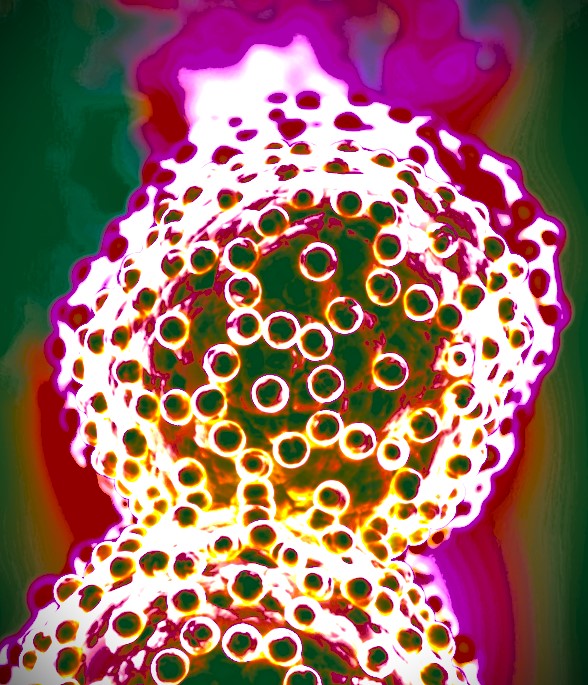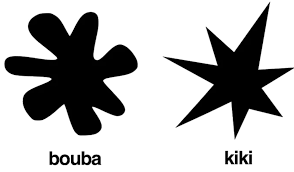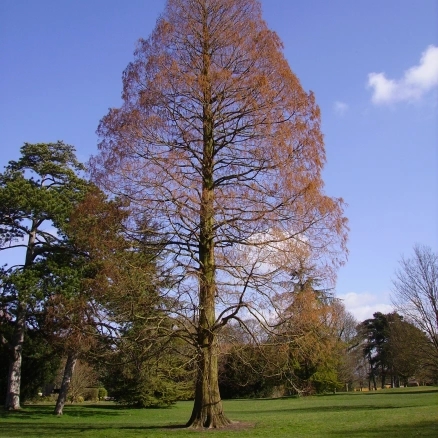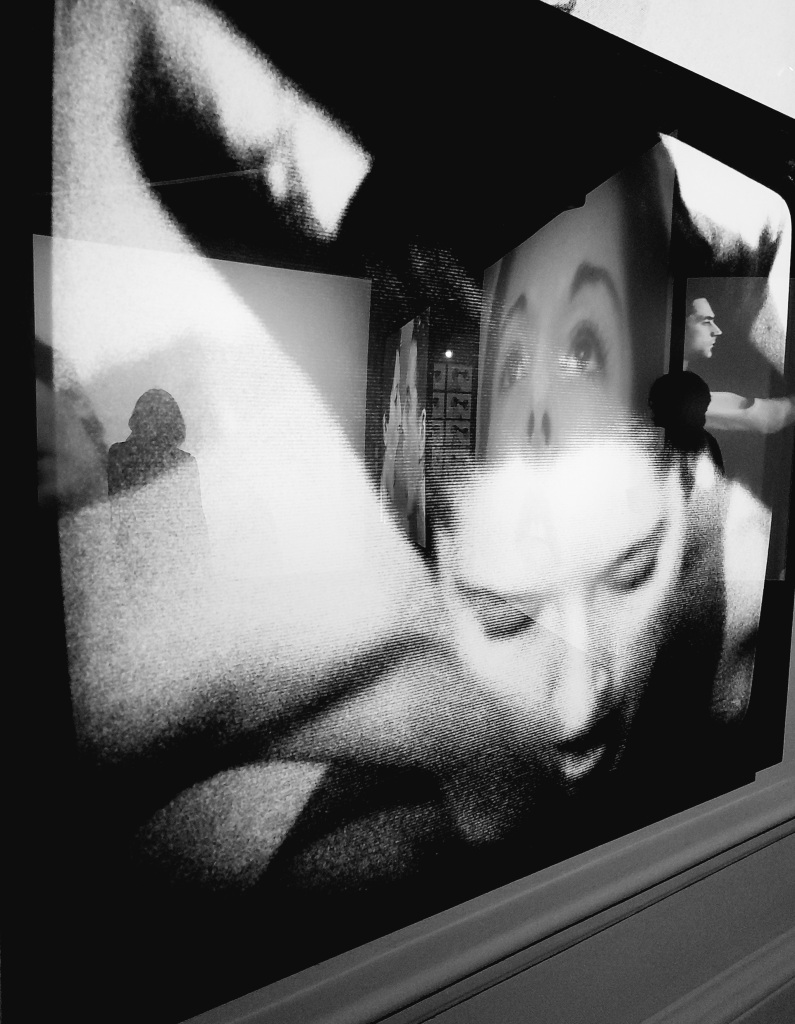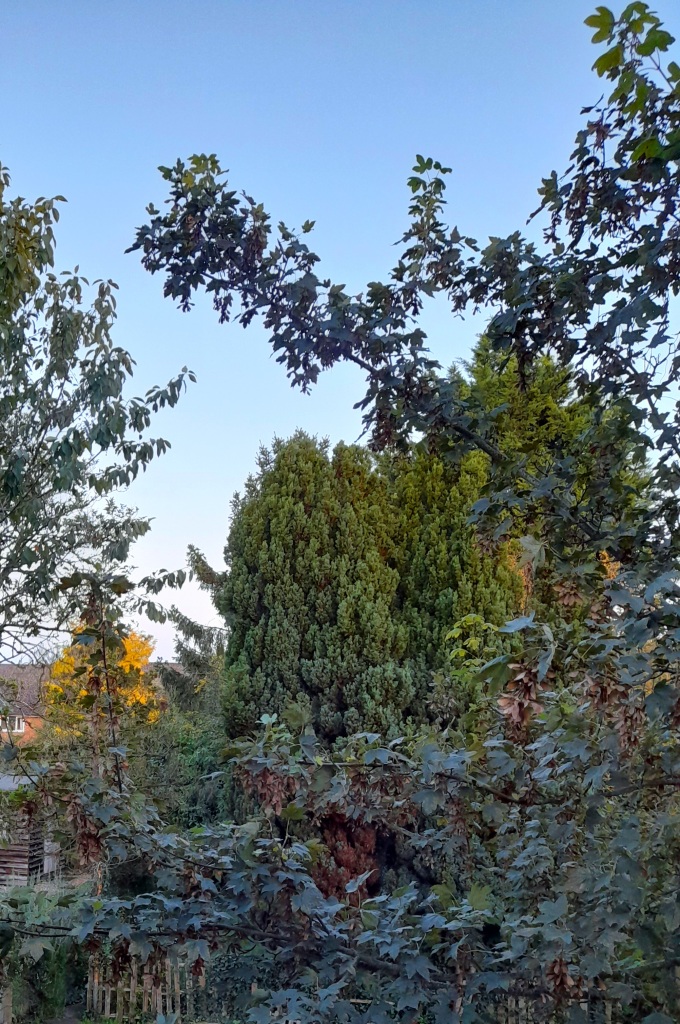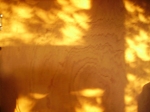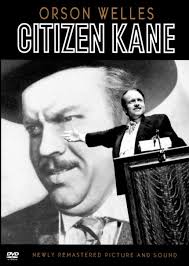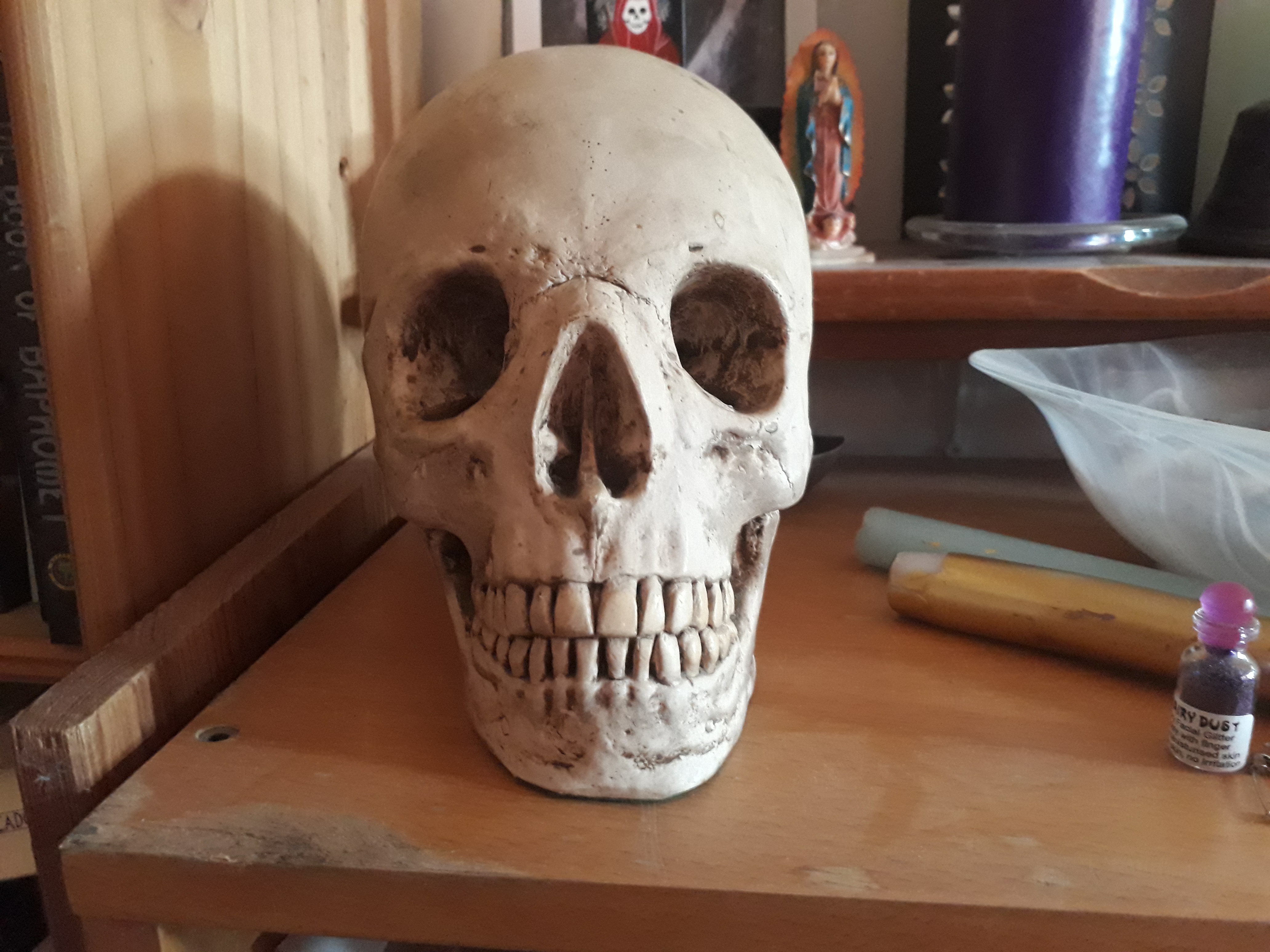His nickname was Rimmer, sometimes just Rim. I don’t know why he was called that, thankfully I only met him a couple of times.
The first time was when his girlfriend invited me out for a coffee. The girlfriend’s nickname was Moomy, I only went the once. I only went the once because Moomy simply couldn’t stop talking, speaking loudly and rapidly, barely comprehensible in her non-native English. I don’t know what was wrong with her to be so aggravatingly and pointlessly vocal, some said it was an undiagnosed mental illness, I think it was cocaine. To be honest, she did look like a cokehead, and she was self-absorbed, overbearing and boring enough to be on cocaine.
Anyway, Moomy invited me out for a coffee through the friend of a friend, and she brought Rimmer along because he couldn’t be left on his own at home, I don’t know why. Moomy was relentless, rambling, arse-achingly dull. Every once in a while Rimmer, whose voice was booming and plonky, would start pontificating himself, like when one disturbed barking farm-dog sets off all the others aroundabouts. Moomy would indulge Rimmer a little, allowing him to run his mouth for a few minutes, then she would shut him down “No minding if him, he just autistico” she would shout and continue with her own tediously incoherent monologuing.
I never went for coffee with them again, between them they made me feel socially violated.
It took me a week to wash them out of my head.
The only other time I spent with Rim Rimmer was when Moomy had flown home to have her anal glands expressed, I think that’s what she said. She said “I cannot NHS fucking stupid. In my country dentist make all anal glands for sixty euro. In this fucking country NHS you wait five years on list for down there is same relief. I no fucking wait for NHS. I go my own country is better than fucking England.”
So Moomy was away for a month or so and she was furiously messaging my friend to visit Rimmer, have drinks with him and check he was okay. The friend, horrified at the thought of spending a whole evening alone with Rim had insisted I come along too.
We arrived at Rimmer and Moomy’s flat as late as politely possible, he showed us to the sofa, and quickly poured us what he called “cocktails” pink gin and tonic in full pint glasses, it looked like he was going to really stretch the evening out. “There’s more where that came from, plenty of drinking here” He shouted as he sat himself down at his computer desk, his chair back facing us. The interesting thing about Rim was, that without the controlling influence of Moomy’s constant verbalising, he himself was an insufferable monologing bore. For two hours, which is when we finally managed to get away, Rimmer spoke incessantly into his computer screen, although I think he thought he was talking to us. The first thing he said was “Back in the day we would make proper cocktails, we made molotovs and let them off in bus shelters”. My mind was boggling, I wish now that I’d been recording him on my phone, then I could be sure of what he actually said. Anyway, here is my undoubtedly unreliable recounting of his speech.
Back in Barn Hill where he grew up, a village outside the city, the teenage Rimmer and his school chums regularly raided a disused factory where there were abandoned explosives. They would drain jam jars full from pierced steel drums of unspecified flammable fluids, priming them with readily available noxious household poisons. They would combine and mix and prime and refine these little glass bombs, then they would take them to bus shelters at night and put a match to them. Rimmer’s friends would crouch in safety behind the bus shelter glass, while he would boldly ignite the jam jars and run. Sometimes the explosions were terrific, shaking the bus shelter to it foundations, sometimes the young men were deafened, ears ringing and leaking blood for days, sometimes he barely got behind the safety glass before the detonation. And sometimes nothing at all happened, and they would walk back home, despondant, leaving the dangerous jam jars behind in the bus shelter for children and dogs to find the next day.
And that is The Passing Tale of Rimmer and Moomy, and why I hope to never see them again.
